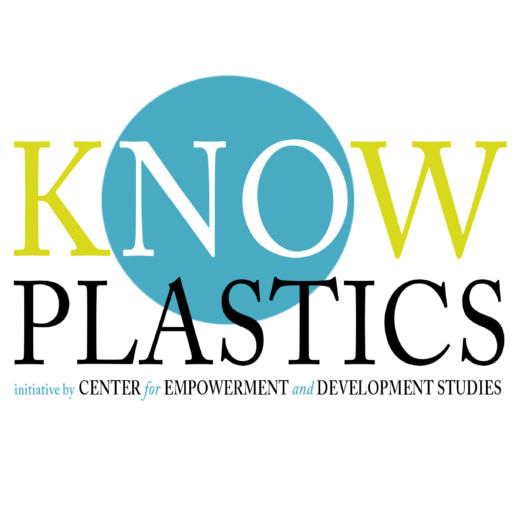Microplastics, tiny plastic particles less than 5 millimeters in size, have emerged as a pervasive and insidious environmental hazard, posing significant threats to marine ecosystems, wildlife, and potentially human health. Originating from the breakdown of larger plastics or intentionally manufactured for various products, microplastics have infiltrated oceans, freshwater systems, and terrestrial environments worldwide, highlighting the urgent need for understanding, mitigation, and proactive solutions.
Sources and Pathways of Microplastics
- Primary Sources:
- Microbeads: Small plastic particles used in personal care products like exfoliating scrubs and toothpaste.
- Microfibers: Tiny fibers shed from synthetic textiles during washing and wear.
- Nurdles: Pre-production plastic pellets used in manufacturing processes.
- Industrial Abrasives: Microplastics generated from processes like sandblasting and tire wear.
- Secondary Sources:
- Fragmentation: Breakdown of larger plastic debris due to UV radiation, mechanical abrasion, and weathering into smaller microplastic particles.
Environmental Impacts
- Marine Ecosystems:
- Ingestion: Marine organisms, from plankton to fish and seabirds, mistake microplastics for food, leading to ingestion and potential bioaccumulation of toxic chemicals.
- Entanglement: Larger marine animals may become entangled in microplastic debris, causing injury or death.
- Ecological Disruption:
- Food Web Contamination: Microplastics can transfer harmful pollutants and toxins through the marine food chain, impacting biodiversity and ecosystem health.
- Habitat Alteration: Accumulation of microplastics in marine sediments and coastal habitats alters nutrient cycling and ecosystem dynamics.
Human Health Concerns
- Contaminant Transport: Microplastics can adsorb and transport chemical pollutants, including persistent organic pollutants (POPs) and heavy metals, potentially entering the food chain through seafood consumption.
- Inhalation and Ingestion: Inhalation of airborne microplastics and ingestion through contaminated food and water sources raise concerns about their impacts on respiratory health and gastrointestinal function.
Mitigation Strategies
- Regulation and Policy: Implementing regulations to ban or restrict the use of microplastics in consumer products, promoting sustainable alternatives, and improving waste management and recycling infrastructure.
- Research and Monitoring: Increasing research efforts to understand the sources, distribution, and ecological impacts of microplastics, along with monitoring programs to assess environmental contamination and health risks.
- Public Awareness and Education: Educating the public, industries, and policymakers about the environmental and health consequences of microplastics, fostering behavior changes, and promoting responsible consumption and disposal practices.
Conclusion: A Call to Action
Microplastics represent a significant environmental and public health challenge, requiring concerted global efforts to mitigate their impacts and prevent further contamination of our oceans and ecosystems. By adopting science-based policies, advancing research and innovation, and promoting sustainable practices from production to disposal, we can address the invisible threat of microplastics and safeguard the health of our planet for current and future generations.


